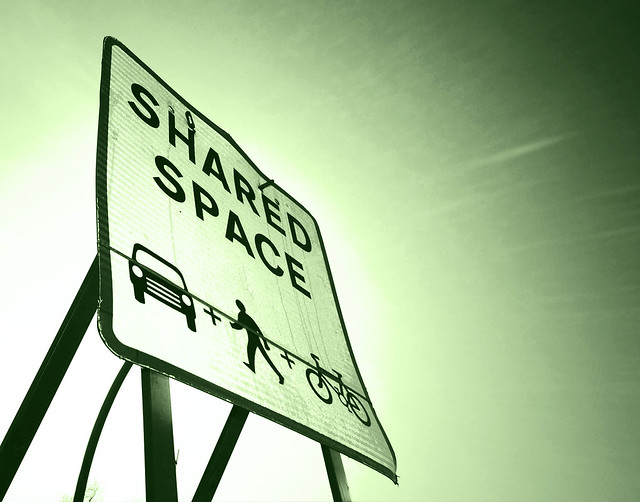excerpt:
"If, for some unknown reason, the Air Force desperately needs to surveil northern tier wheat patches, let’s have a new class of airspace called MOA/DRONE. Put it on the chart, just like that, MOA/DRONE. Then, place the UAVs under positive control and equip them with VHF comm so the operator can talk directly to any aircraft sharing the MOA on a common advisory frequency. That’s how MOAs work now. Pilots who want to enter them can do so on an own-risk basis, or they can circumnavigate the area. There’s always risk in entering MOAs and if you don’t like that, don’t fly there.
The reality is that UAVs are becoming an ever larger part of the U.S. airspace picture. This is likely to grow exponentially over the next decade. Sooner or later, they are going to have to be integrated into the way the civil world does business. The services have to get over the knee-jerk reaction to carve out restricted airspace every time a robot wants to go flying and we in the civil world have to get over the irrational fear of sharing airspace with these things. If we don’t, there won’t be any airspace left for civil use.
Yes, there will be accidents. Drones will occasionally get away—as one did near Washington recently—and they’ll probably crash in spectacular ways. But it has always been and will always be thus with flying machines. We can nanny ourselves to a froth over this stuff to the point that the only response will be to cower in a dark closet with your butt bumped against the wall charger for the robotic vacuum cleaner."

Comments

Yes, its only a matter of time and trust (not so much technology advances) before we allow automation to reach its full potential of walking our dogs and fetching our beers on game day.Placing trust in machines is probably the biggest obstacle of all. Most people don't realize how often we place our lives in the hands of automated systems already - elevators, railroads, anti-lock brakes, etc.
good article on the subject here:
http://www.aviationweek.com/aw/generic/story_generic.jsp?channel=aw...
followed by another quad bringing some dunkin donuts...isn't progress neat.